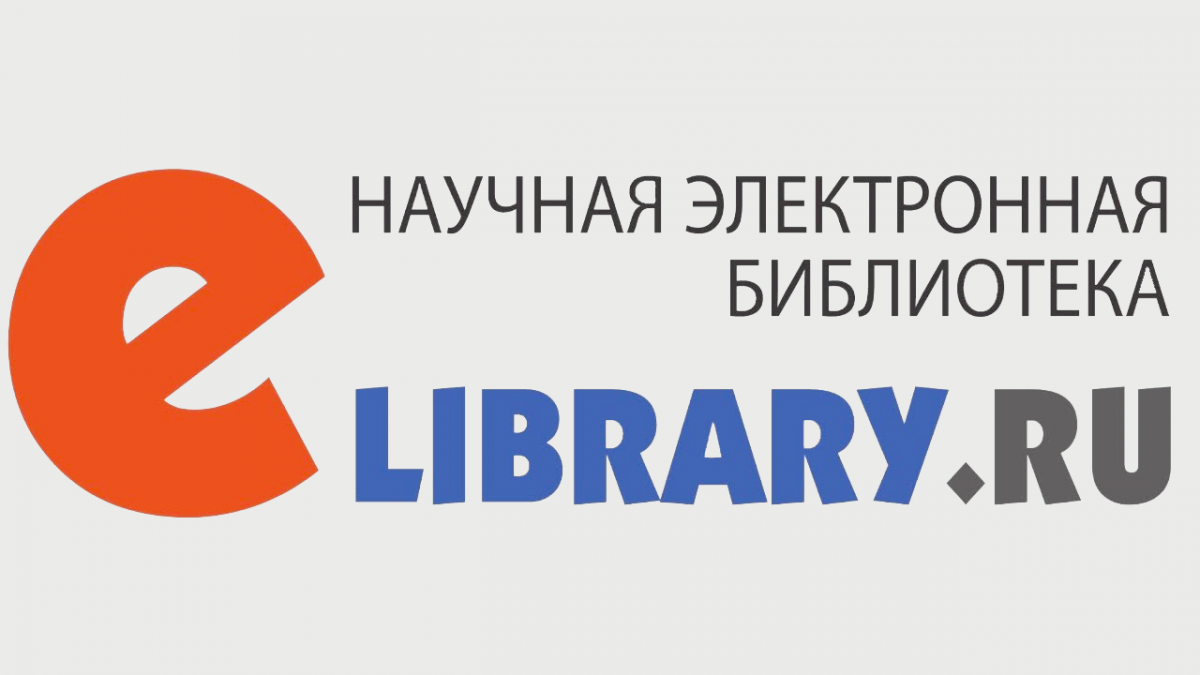Convergence of information and cognitive technologies in application to athletes learning motor actions
ˑ:
Dr.Hab., Professor I.D. Svishchev1
Biol., Professor R.V. Tambovtseva1
PhD, Professor V.N. Cheremisinov1
PhD, Associate Professor A.K. Belyakov1
1Russian State University of Physical Education, Sport, Youth and Tourism (SCOLIPE), Moscow
Objective of the study was to scientifically substantiate the method of convergence of the information and cognitive technologies of teaching motor actions based on the analysis of triads of training objects and consideration of the information-visual programs, matrix-target selection of exercises and reorganization of motor actions.
Methods and structure of the study. Within the framework of our study, the following research methods were used: an analysis of scientific and methodological literature; a questionnaire survey; information (IT) and cognitive (CT) technologies; an analysis of triads of objects; the "ITCT-convergence" method; expert assessment; modeling; information-visual programs; visual thinking method; matrix-target selection of exercises; reorganization of motor actions; training program design.
Results of the study and conclusions. The study enabled to find approaches to the formation of convergence as interpenetration of the "info-cogno" technologies of teaching motor actions, which is based on the analysis of triads of training objects and consideration of the information-visual programs, matrix-target selection of exercises and reorganization of motor actions, which enabled to develop an additional form of training sessions.
Keywords: information and cognitive technologies, triads of objects, convergence, information-visual programs, visual thinking, matrix-target selection of exercises, reorganization of motor actions, training program design.
References
- Arnheim R. Iskusstvo i vizualnoe vospriyatie [Art and visual perception]. M.: Progress, 1974. 392 p.
- Efremenko D.V., Giryaeva N.A, Evseeva Ya.V. NBIC-konvergentsiya kak problema sotsialno-gumanitarnogo znaniya [ITCT-convergence as problem of socio-humanitarian knowledge]. Epistemologiya i filosofiya nauki, t. XXXIV. 2012. no. 4. pp. 112-129.
- Kosonogov V. Zerkalnye neyrony: kratkiy nauchny obzor [Mirror neurons: a brief scientific review]. Rostov-on-Don, 2009. 24p.
- Maslov V.M. Naglyadnost i vizualizatsiya v paradigmalnom i gumanisticheskikh planakh [Visualization in paradigmatic and humanistic plans]. Sovremennye problemy nauki i obrazovaniya. 2014. no. 2. 35 p.
- Ramachandran V.S. Rozhdenie razuma. Zagadki nashego soznaniya [The birth of mind. Riddles of our consciousness ]. M.: Olimp-Biznes, 2006. 224 p.
- Svishchev I.D. Dopolnitelnye nauchnye podkhody k obucheniyu dvigatelnym deystviyam edinobortsev [Additional scientific approaches to teaching motor actions in martial arts]. Boevye iskusstva i sportivnye edinoborstva: nauka, praktika, vospitanie [Martial Arts and Martial Arts: Science, Practice, Education]. Proc. IV nat. res.-pract. conf. with int. part. (October 10 2019). M.: Anta Press, 2019. pp. 34-47.
- Svishchev I.D. Nachalnoe obuchenie dvigatelnyim deystviyam yunyih dzyudoistov [Primary training in motor actions of junior judokas]. Pedagogicheskie i biologicheskie problemy podgotovki kadrov po sportivnym igram i edinoborstvam [Pedagogical and biological problems of training in sports games and martial arts]. Proc. inter-dep. res.-pract. conf.. v. 1. M.: RGUFKSMiT, November 23 2019. pp. 12-18.
- Rizzolatti Giacomo, Sinigalla Corrado Zerkala v mozge: O mehanizmah sovmestnogo deystviya i soperezhivaniya [Mirrors in the brain: On mechanisms of joint action and empathy]. Transl. Engl. by O.A. Kurakova, M.V. Falikman. Moscow: Yazyki slavyanskikh kultur publ., 2012. 208 p.

